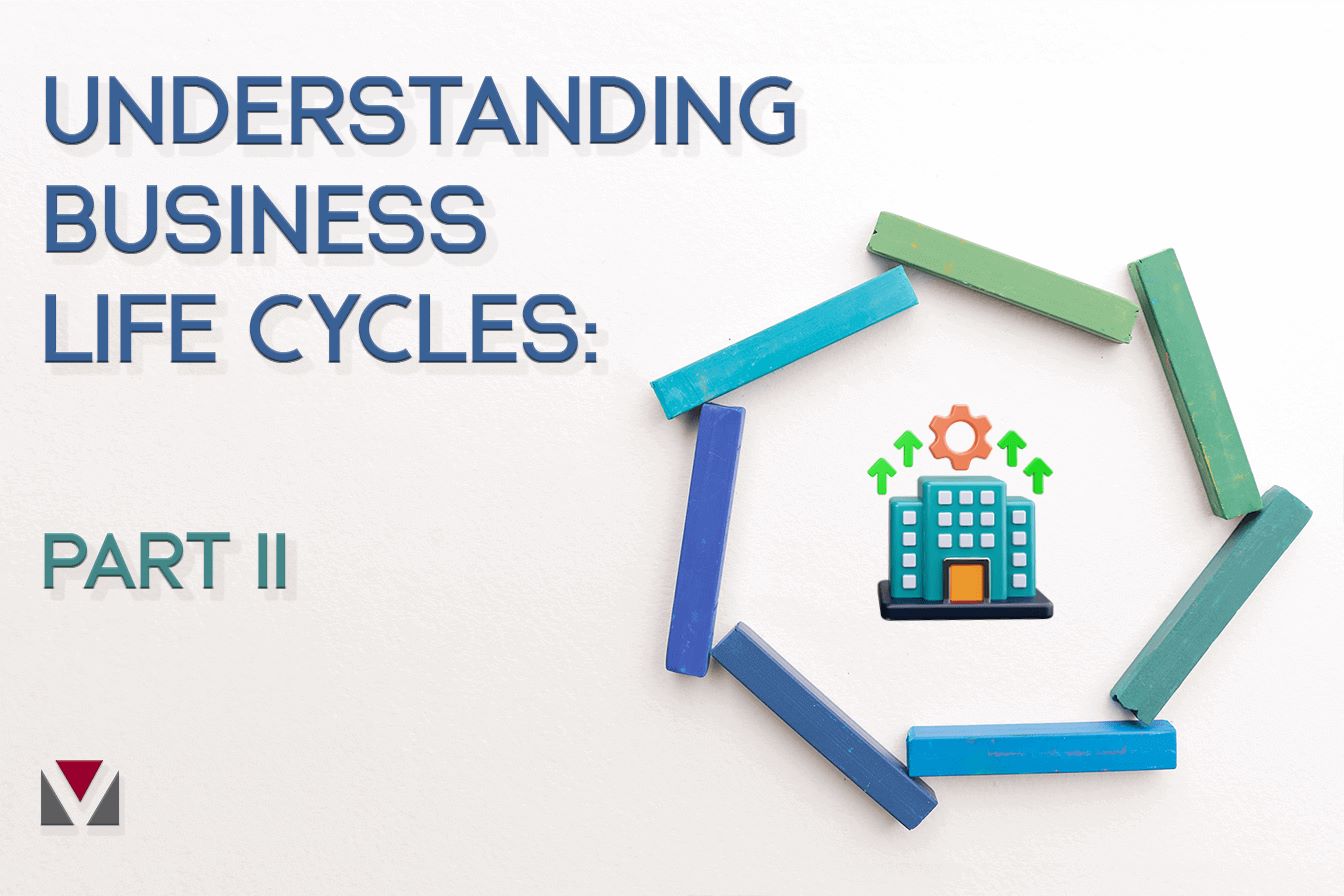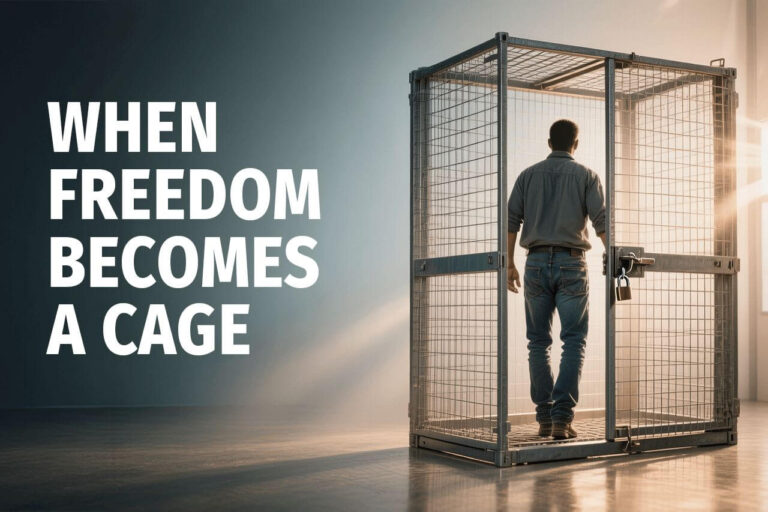LIFE CYCLES, Part II
In the “Me” phase of a business’s life cycle, the owner is either working independently as a “solopreneur” or they have been directly involved in hiring and managing all of the company’s employees.
Also in this phase virtually all of the decisions being made in the company are either being made by the owner or they go through the owner. At this stage of the business, that’s how the owner likes it. It allows them to call the shots and have control of the direction of the company. Just as importantly, it feeds their need for control and to feel like they’re the smartest one in the room. There’s no need for committees and there’s usually little interest in getting input from the employees on decision making.
One of the advantages that a company in the “Me” phase has is that it’s nimble and flexible. This is due in large part to the characteristics mentioned above.
One of the weaknesses is the company’s vulnerability, because it’s typically cash-strapped, limited in capacity due to its size, and dependent on the health and behavioral whims of the owner.
A company can stay in the “Me” phase virtually its entire existence and do very well for its owner and employees. In fact, the overwhelming majority of all businesses in North America reside in this phase and many choose to stay in it because the owners don’t want the complexity and stress that come with running a larger organization.
We call it the “Me” phase because the company revolves around the owner. It’s highly influenced by the owner’s personality, drive, management style, personal quirks, and even their personal set of values. Contrary to the popular saying, “It’s not all about you,” in this phase it actually IS all about them! And when customers don’t pay their bills or when they complain that a job isn’t to their liking, the owner takes it personally.
As a business grows out of the launch stage and approaches the upper limits of the “Me” phase, things start to change and it’s easy for owners to begin to feel squeezed. There’s simply not enough of them to go around anymore. Competitors become more competitive; the increased number of employees brings added complexity both to managing them and to the company’s structure; cash speeds up as it moves into and out of the business; quality and customer service become harder to maintain; the owner finds themselves having to rely on a new set of skills to operate the company successfully. In other words, many of the skills that served them well in the early years of the “Me” phase begin to show cracks and become weaknesses … and those weaknesses start to matter.
The latter part of the “Me” phase can also be a very profitable period for a company. The owner is still spending some time “on the line” producing the products or delivering the services the company provides, thus saving on payroll; there’s no need yet for expensive managers; and the perks and benefits the company offers its people are frequently modest and less expensive than in the later phases of the company.
One of the reasons that many owners choose to stay in the “Me” phase is to avoid the stress, complexity, and risk that frequently accompany the next phase—“We.”
Before going there, in Part III I’ll offer tips for how to navigate the “Me” phase.



